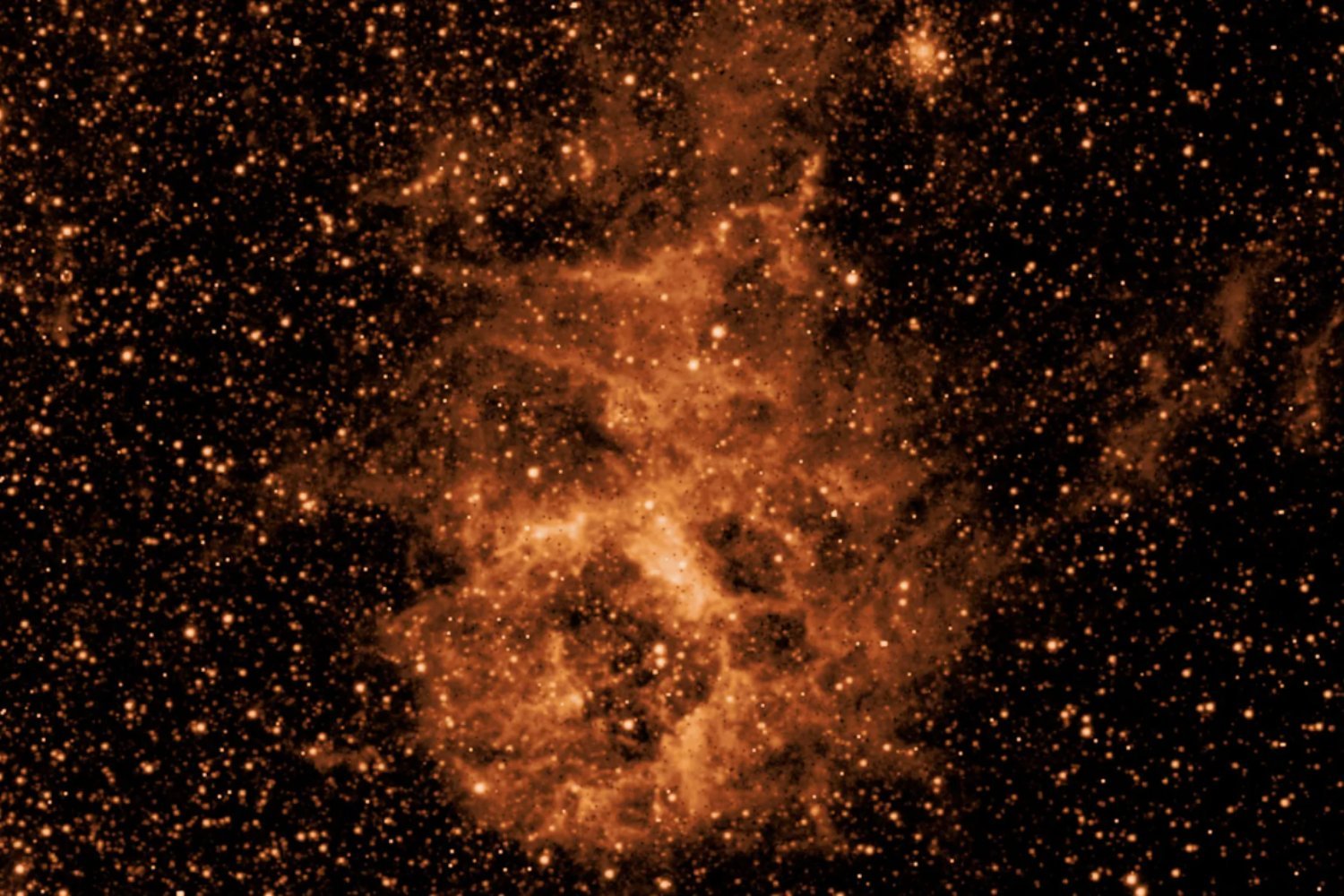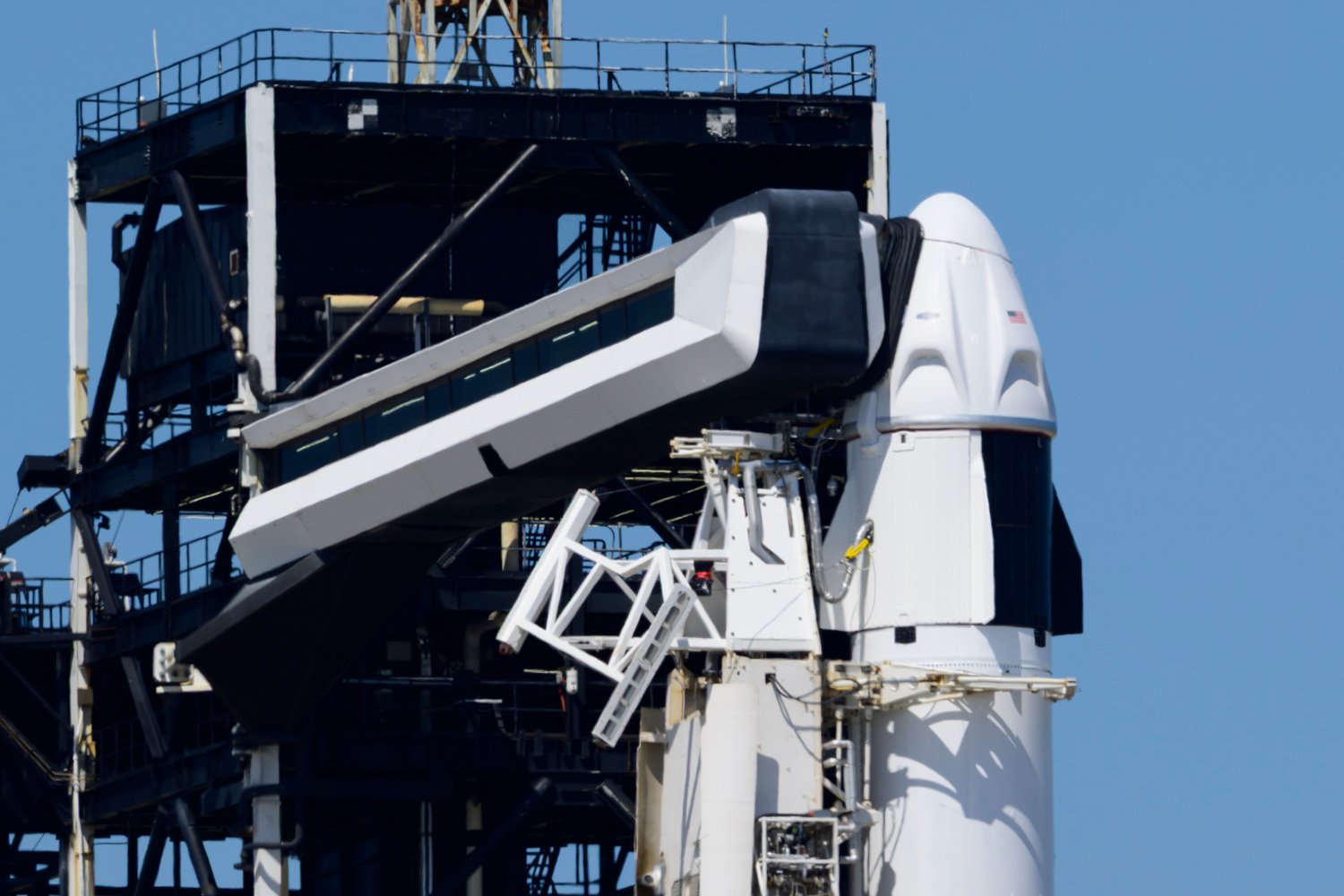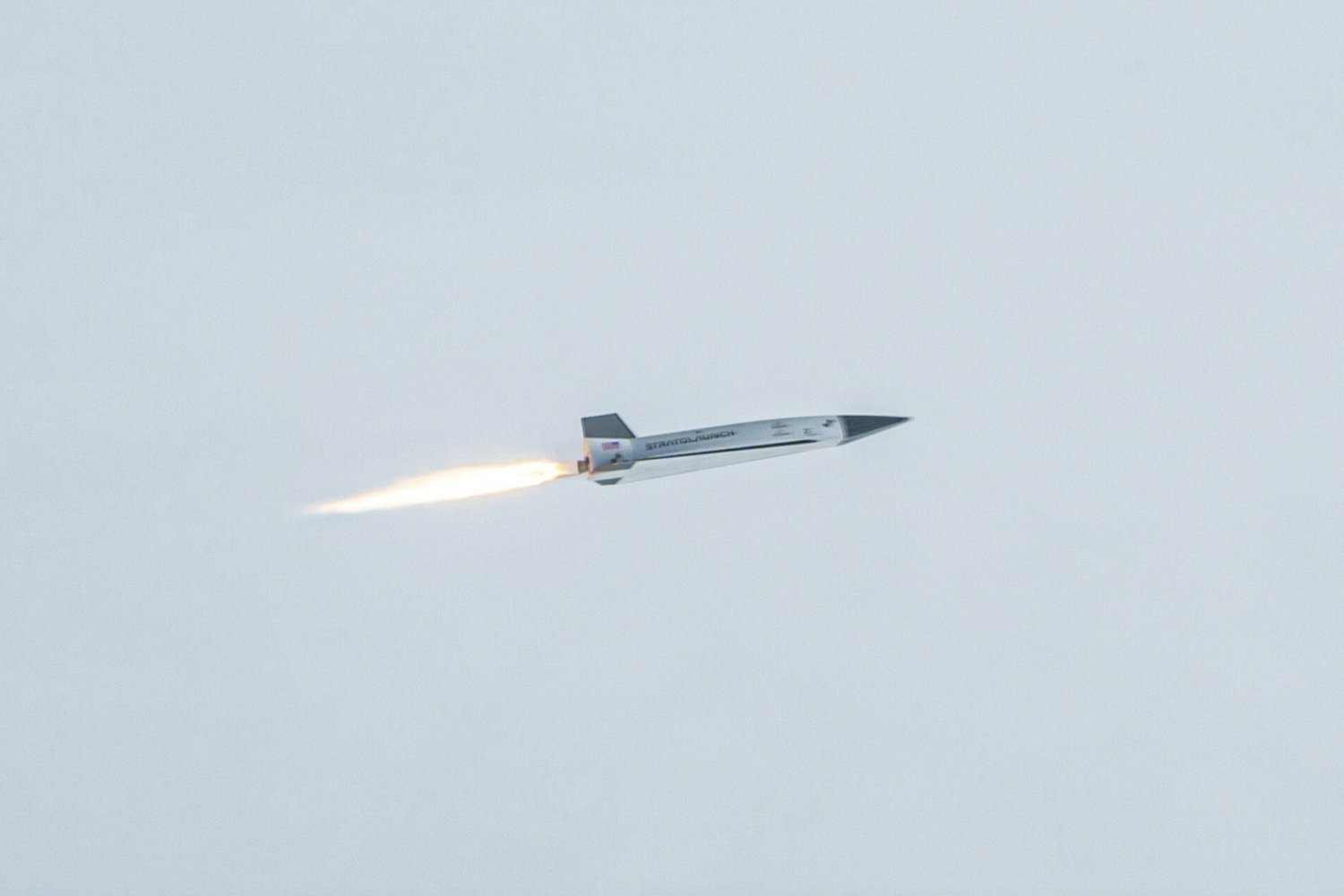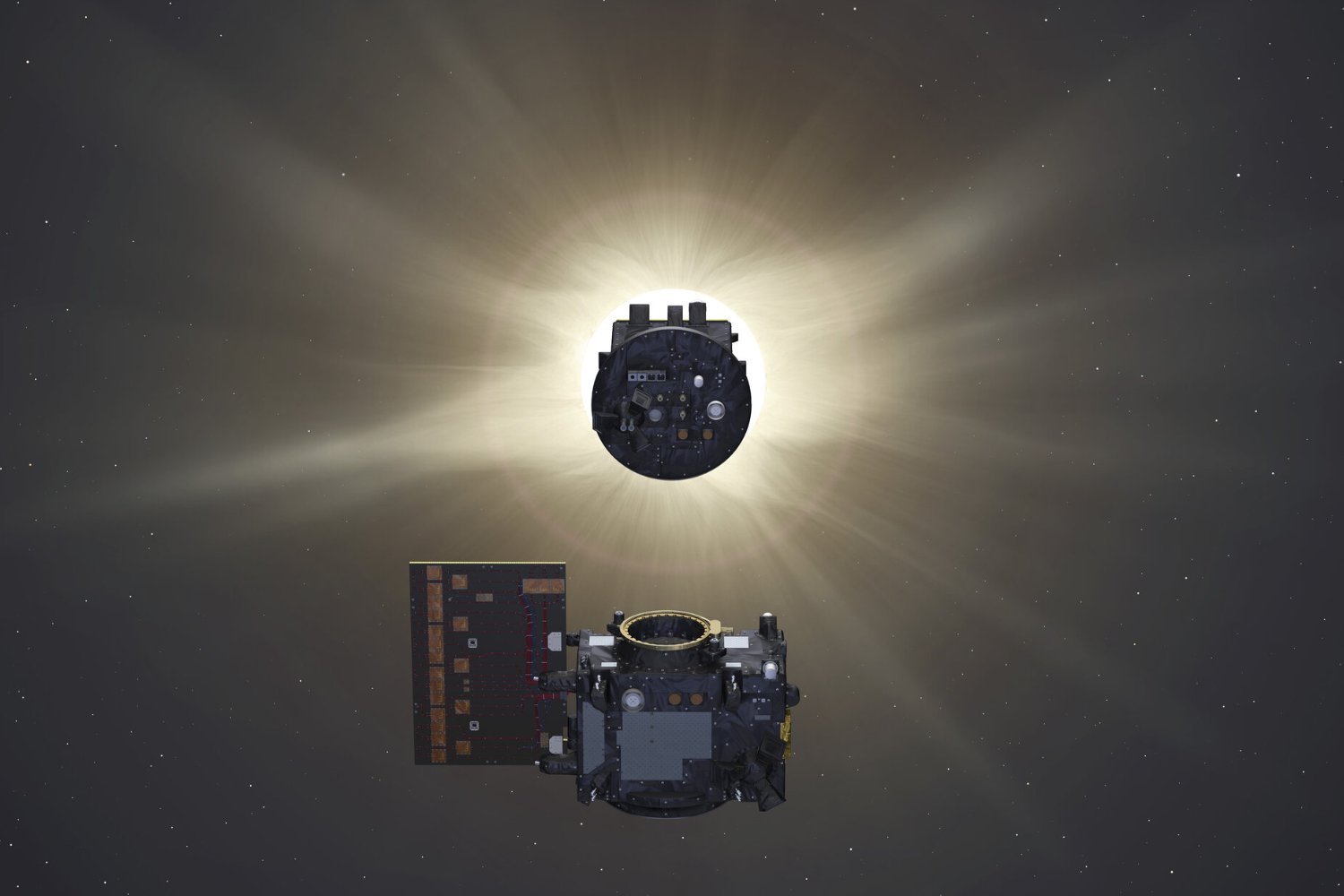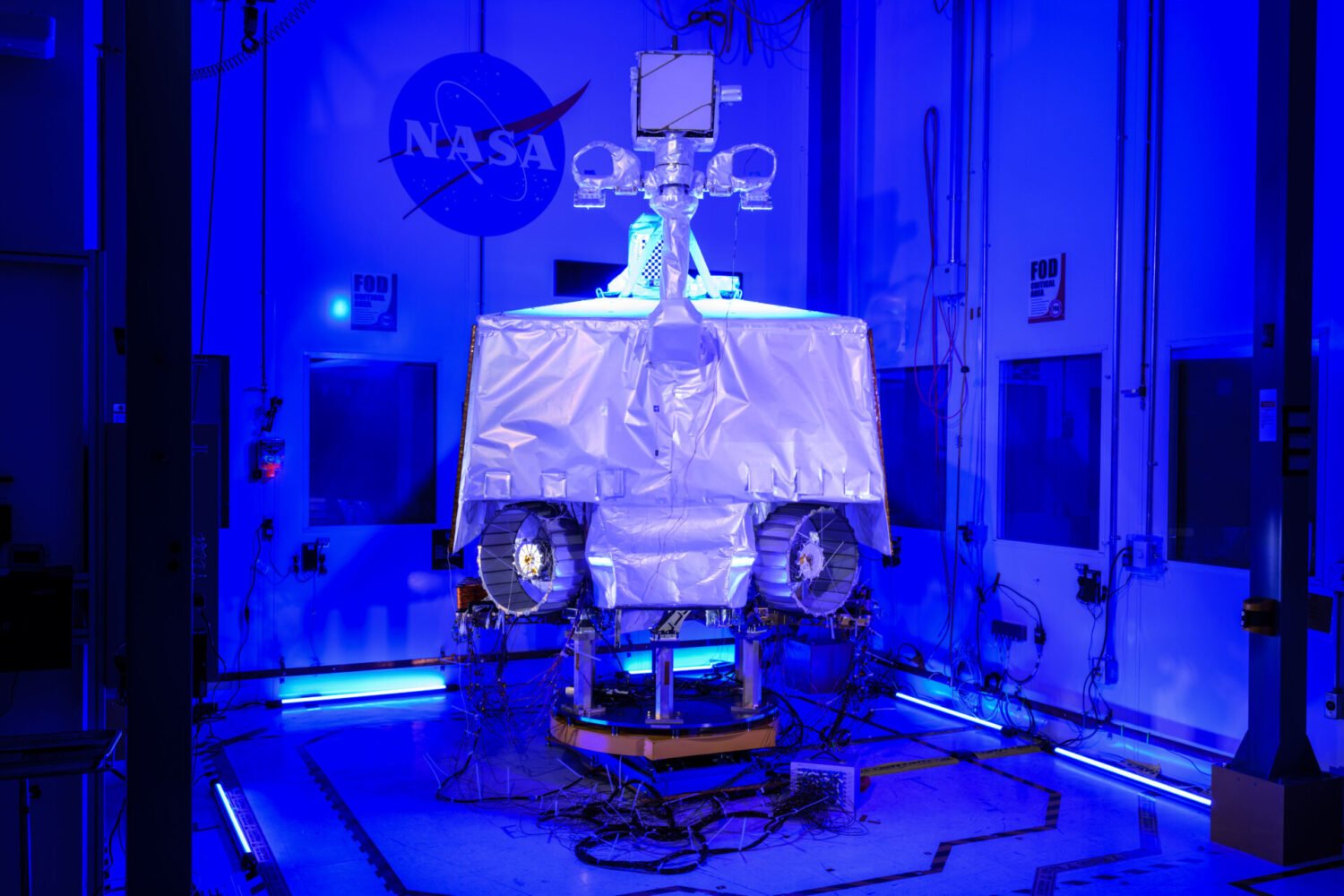SPHEREx, NASA’s newest space telescope, has officially started its two-year mission to create a highly detailed, full-sky map of the universe in infrared light. Launched in early March, the Spectro-Photometer for the History of the Universe, Epoch of Reionization, and Ices Explorer (SPHEREx) completed its six-week calibration period and is now capturing 3,600 infrared images daily. This data will help scientists unravel mysteries about the universe’s earliest moments and the distribution of life’s building blocks.
Unlike telescopes focused on specific areas, SPHEREx scans the entire celestial sphere every six months, orbiting Earth approximately 14 times a day. Each orbit captures a new strip of the Milky Way and beyond. The telescope uses six detectors that divide light into 102 infrared colors, enabling over 9 million observations of interstellar clouds within our galaxy throughout its mission.
SPHEREx’s infrared capabilities allow it to detect light invisible to the human eye, revealing information about cosmic objects and events dating back to the universe’s beginnings. One of the mission’s primary goals is to investigate the universe’s rapid expansion after the Big Bang. By examining the distribution of galaxies, SPHEREx will search for subtle clues about this expansion.
“We’re going to study what happened on the smallest size scales in the universe’s earliest moments by looking at the modern universe on the largest scales,” explained Jim Fanson, SPHEREx project manager at NASA’s Jet Propulsion Laboratory. “I think there’s a poetic arc to that.”
Beyond mapping the universe’s expansion, SPHEREx will also employ spectroscopy to analyze the light from distant galaxies, star-forming regions, and dusty areas within the Milky Way. This technique will reveal the composition of these celestial objects, providing insights into the distribution of water, organic molecules, and other essential components for life throughout the cosmos.
“The performance of the instrument is as good as we hoped,” stated principal investigator Jamie Bock. “That means we’re going to be able to do all the amazing science we planned on and perhaps even get some unexpected discoveries.”
SPHEREx’s ability to map the sky in 102 infrared colors is unprecedented. Over its two-year mission, the telescope will capture hundreds of thousands of images, which will be combined to create four comprehensive all-sky maps. These maps will be invaluable resources for researchers studying the universe’s origins and evolution, potentially leading to groundbreaking discoveries about our place in the cosmos.



